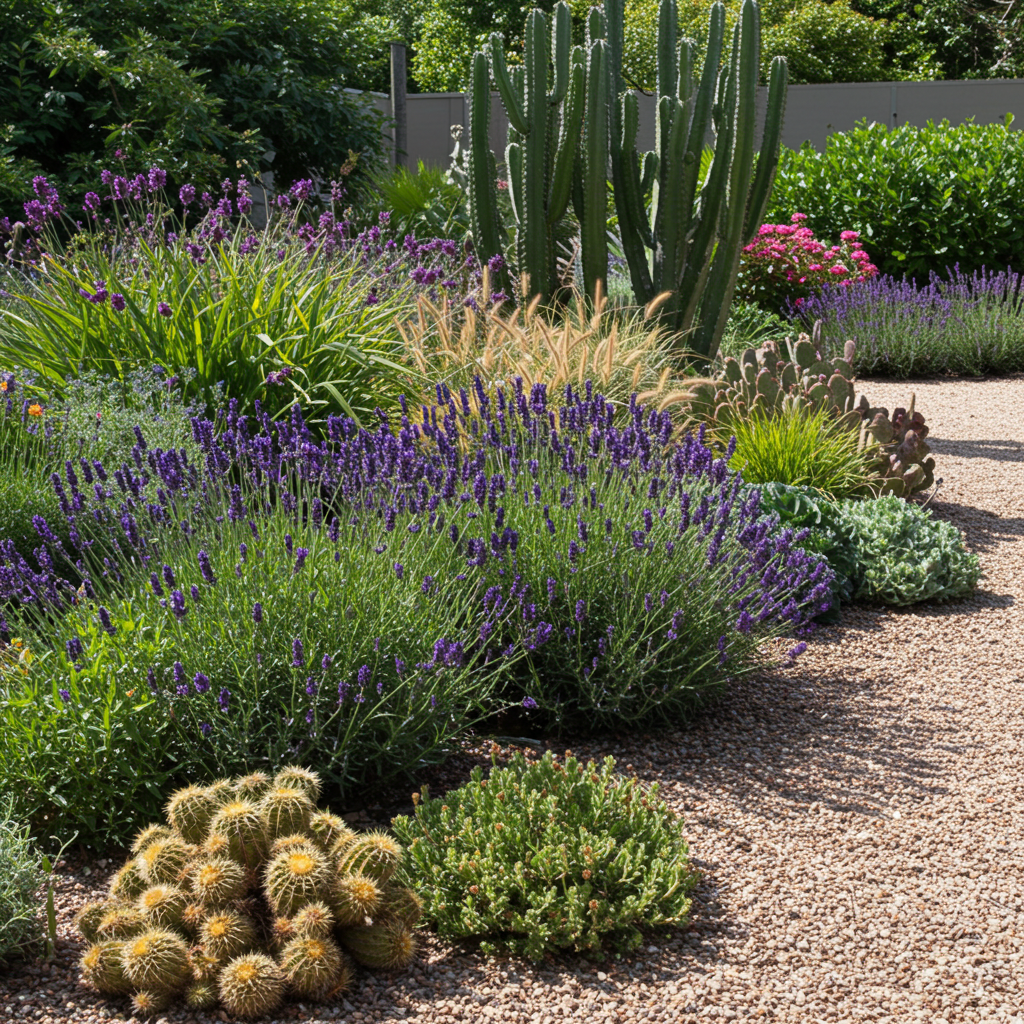Water is life, especially for a thriving garden. Yet, inefficient watering practices can lead to wasted resources, unhealthy plants, and even higher utility bills. As gardeners, we have a responsibility to hydrate our green spaces wisely, balancing the needs of our plants with the imperative of conservation. This comprehensive guide will equip you with the knowledge and techniques to water your garden effectively, ensuring every drop counts and fostering a flourishing, sustainable landscape.
Understanding Your Garden’s Thirst
Before you even think about turning on the tap, it’s crucial to understand your garden’s unique water requirements. This isn’t a one-size-fits-all approach; several factors influence how much and how often your plants need hydration. Start by assessing your soil type: sandy soils drain quickly and require more frequent watering, while clay soils retain water longer but can become waterlogged. Loamy soils, a balanced mix, are ideal for most plants. To check moisture, simply stick your finger about 2-3 inches into the soil. If it feels dry, it’s time to water. Pay attention to individual plant needs too; succulents thrive on minimal water, whereas leafy greens and hydrangeas are far thirstier. Finally, consider your local climate and recent weather – hot, windy days increase evaporation, necessitating more frequent watering.
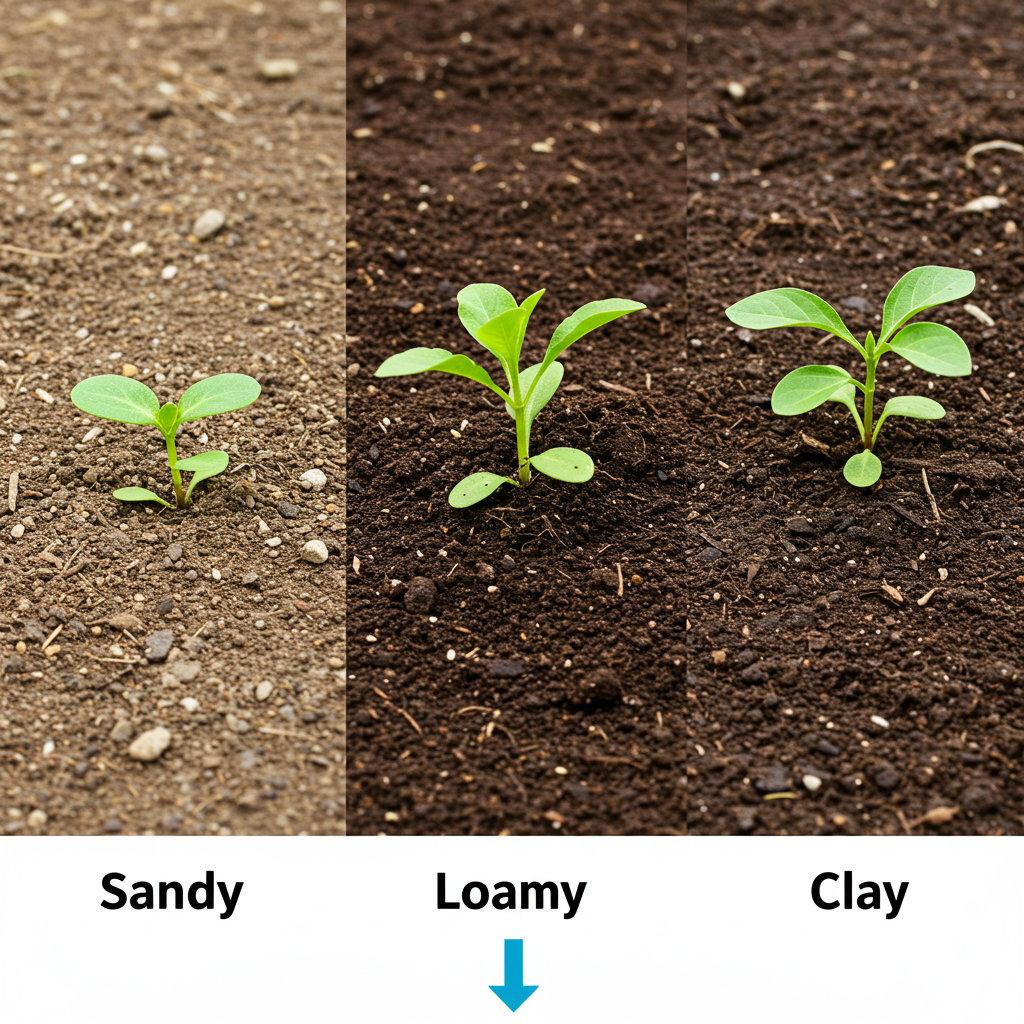
The Best Times to Water
Timing is everything when it comes to efficient garden watering. The goal is to minimize water loss through evaporation and reduce the risk of fungal diseases. The absolute best time to water your garden is in the early morning, typically between 6 AM and 9 AM. Watering during this cool period allows the water to soak deep into the soil before the sun’s intensity increases, maximizing absorption by plant roots. It also gives any moisture on leaves a chance to dry, preventing fungal issues. Watering in the late evening can also be effective, as temperatures are dropping, but it’s generally less ideal than morning as leaves may remain wet overnight, creating a hospitable environment for pathogens. Always avoid watering in the midday sun, as much of the water will simply evaporate before reaching the roots, making it incredibly wasteful.
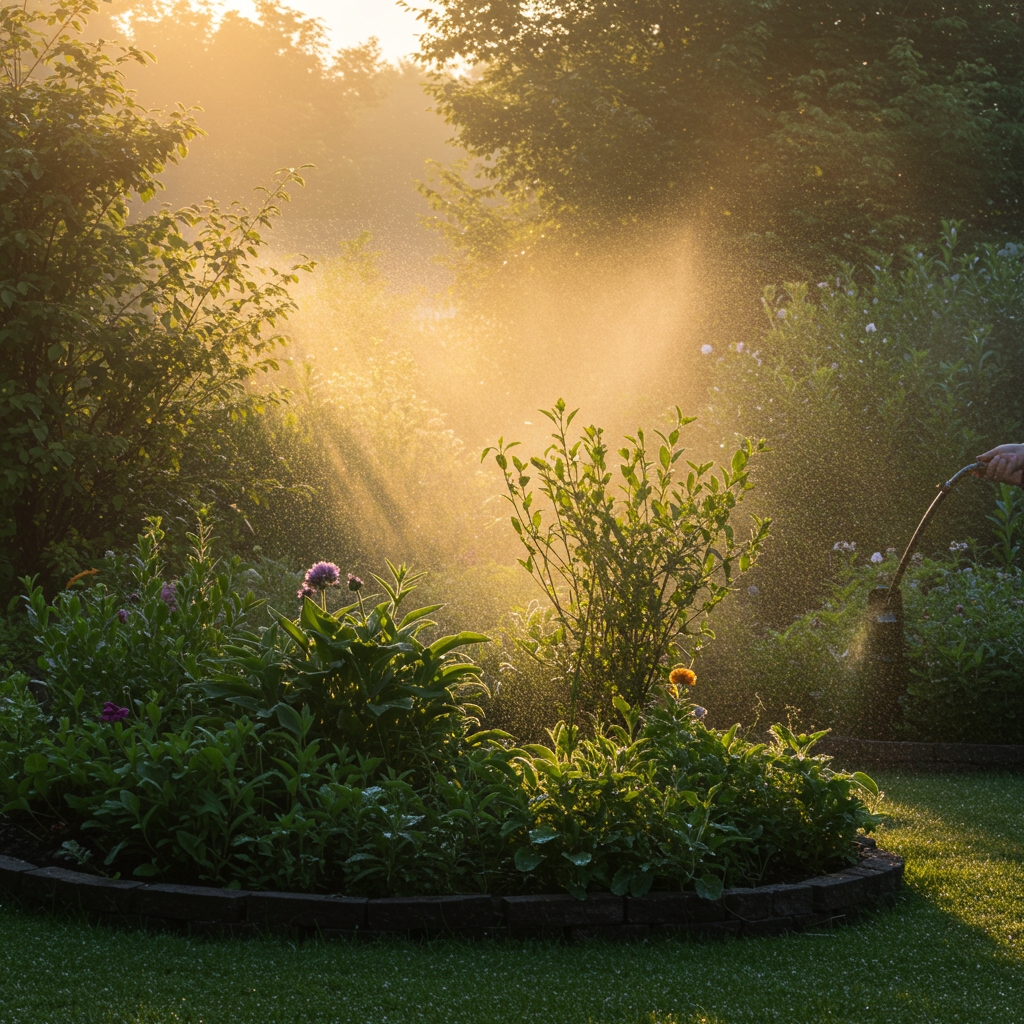
Smart Watering Techniques
Embracing smarter watering methods can dramatically improve your garden’s health and reduce water waste. These techniques focus on delivering water precisely where and when it’s needed most.
Deep and Infrequent Watering
Instead of frequent, shallow sprinkles, aim for deep and infrequent watering. This encourages plant roots to grow deeper into the soil, making them more resilient to drought and reducing their dependency on surface moisture. A good rule of thumb is to water until the soil is moist 6-8 inches deep for most plants. You can check this with a trowel or a soil probe. While this may mean longer watering sessions, you’ll need to water less often, saving both time and water in the long run. Let the top few inches of soil dry out between waterings to prevent root rot and encourage deeper root growth.
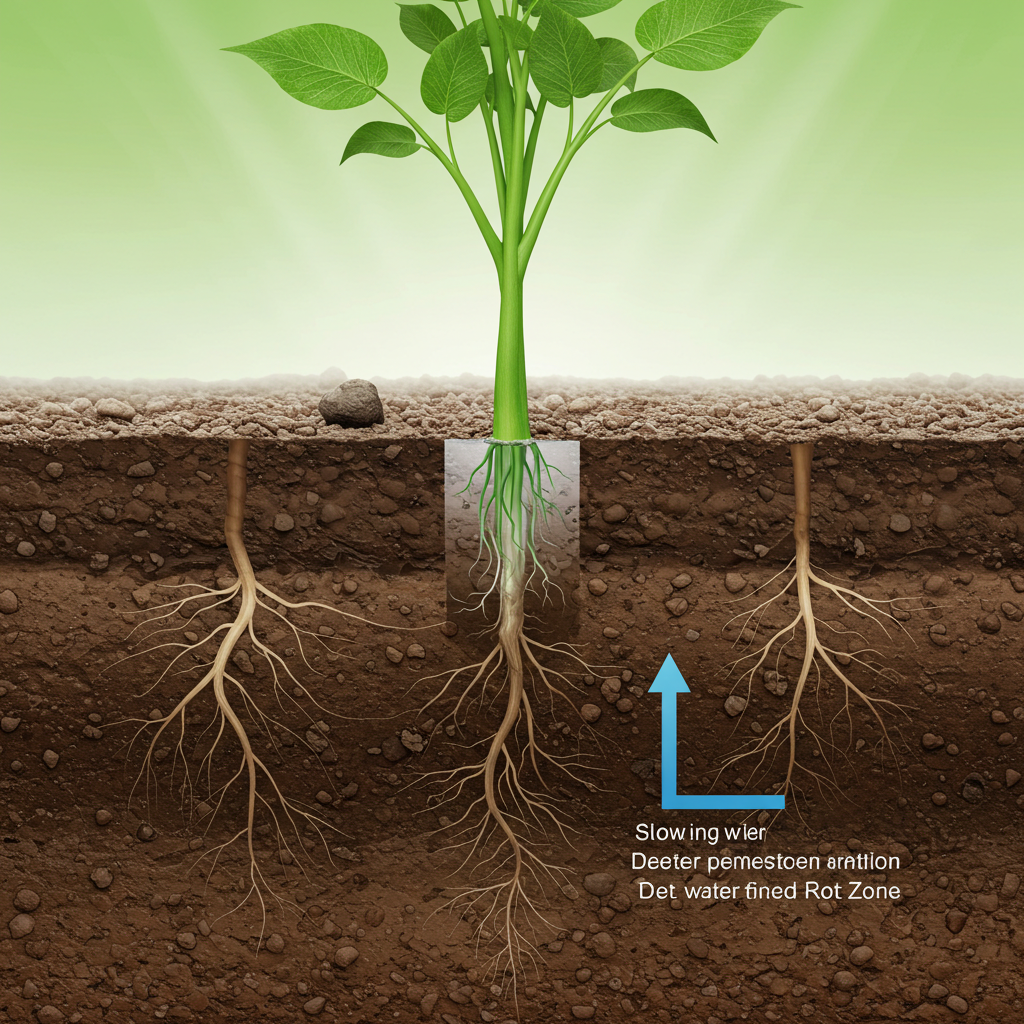
Targeted Watering: Drip Irrigation & Soaker Hoses
For ultimate efficiency, targeted watering systems like drip irrigation and soaker hoses are game-changers. Drip systems deliver water directly to the plant’s root zone through emitters, minimizing evaporation and ensuring that almost every drop is utilized. Soaker hoses, made of porous material, seep water along their entire length, ideal for rows of vegetables or densely planted beds. Both methods eliminate runoff, prevent wetting foliage (reducing disease risk), and can save up to 50% more water compared to traditional sprinklers. While initial setup requires a bit of effort, the long-term benefits in water conservation and plant health are substantial.
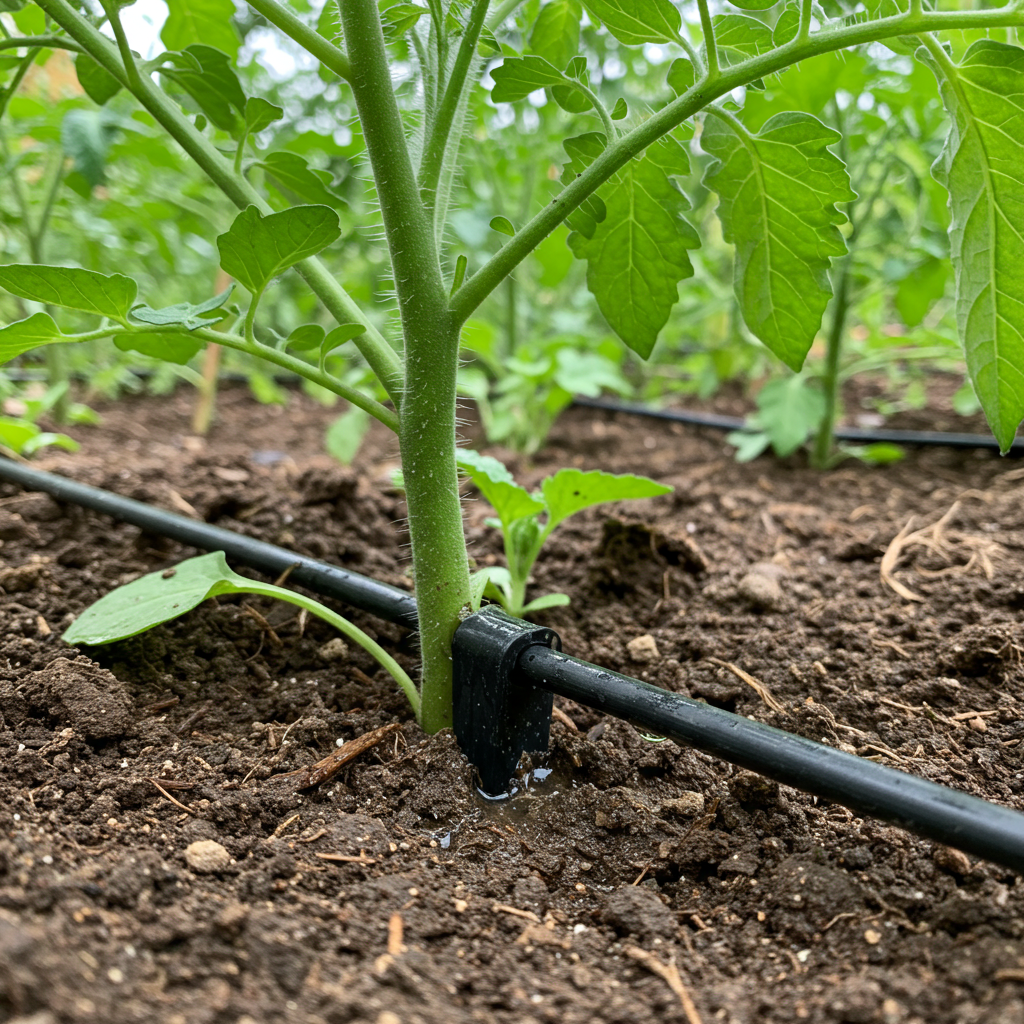
Hand Watering with Purpose
While less efficient for large areas, hand watering remains a viable option for containers, newly planted seedlings, or specific plants needing extra attention. The key is to be intentional. Use a watering can or a hose with a gentle nozzle that delivers water directly to the base of the plant, avoiding splashing water onto leaves. Water slowly and deeply, allowing the soil to absorb the moisture gradually. This focused approach ensures the water reaches the root zone rather than running off or evaporating, making your efforts more effective. Hand watering also gives you an opportunity to observe your plants closely for any signs of stress or pests.
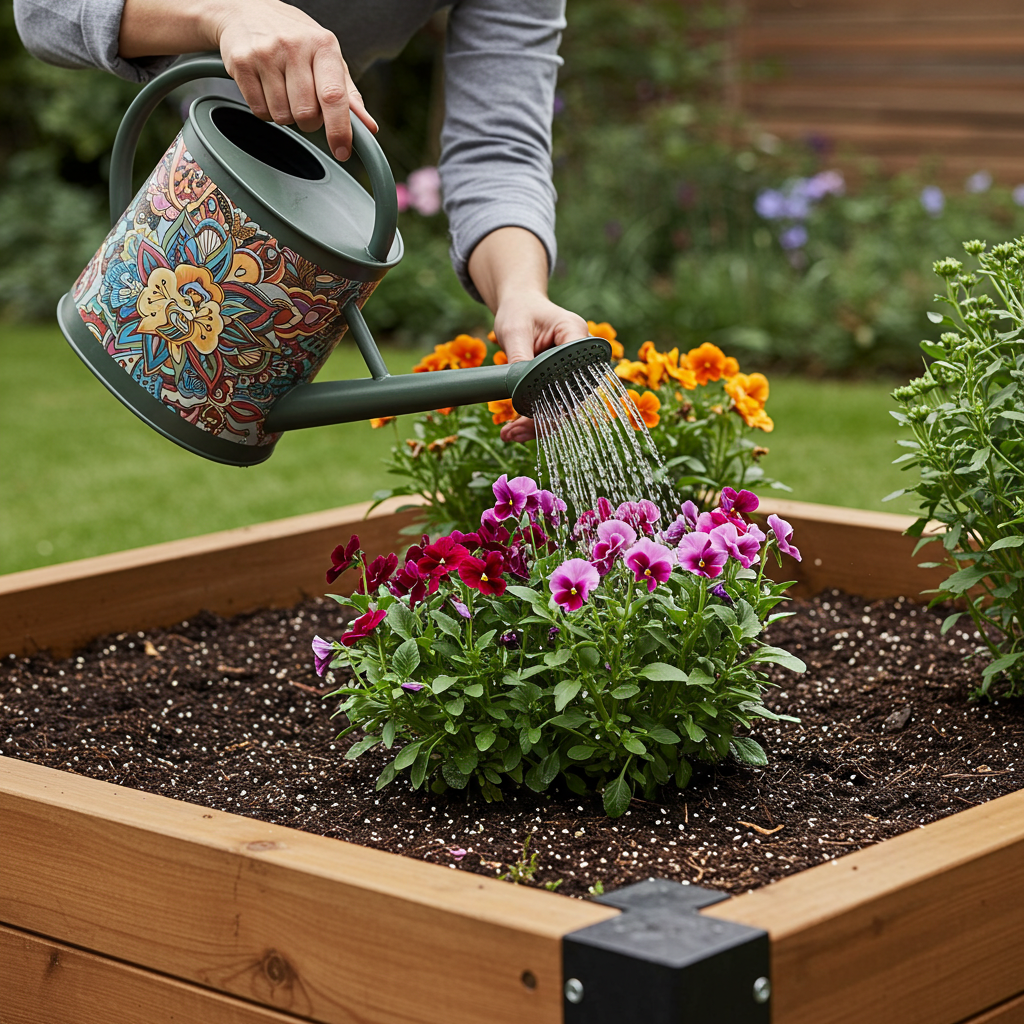
Rainwater Harvesting
Harnessing nature’s bounty is perhaps the most sustainable watering practice. Rainwater harvesting involves collecting and storing rainwater, typically from rooftops, in rain barrels or larger cisterns. This free, chlorine-free water is excellent for your plants and reduces your reliance on municipal water supplies. A simple rain barrel connected to a downspout can collect hundreds of gallons of water over a season, providing a sustainable source for your garden. It also helps reduce storm water runoff, benefiting local ecosystems.
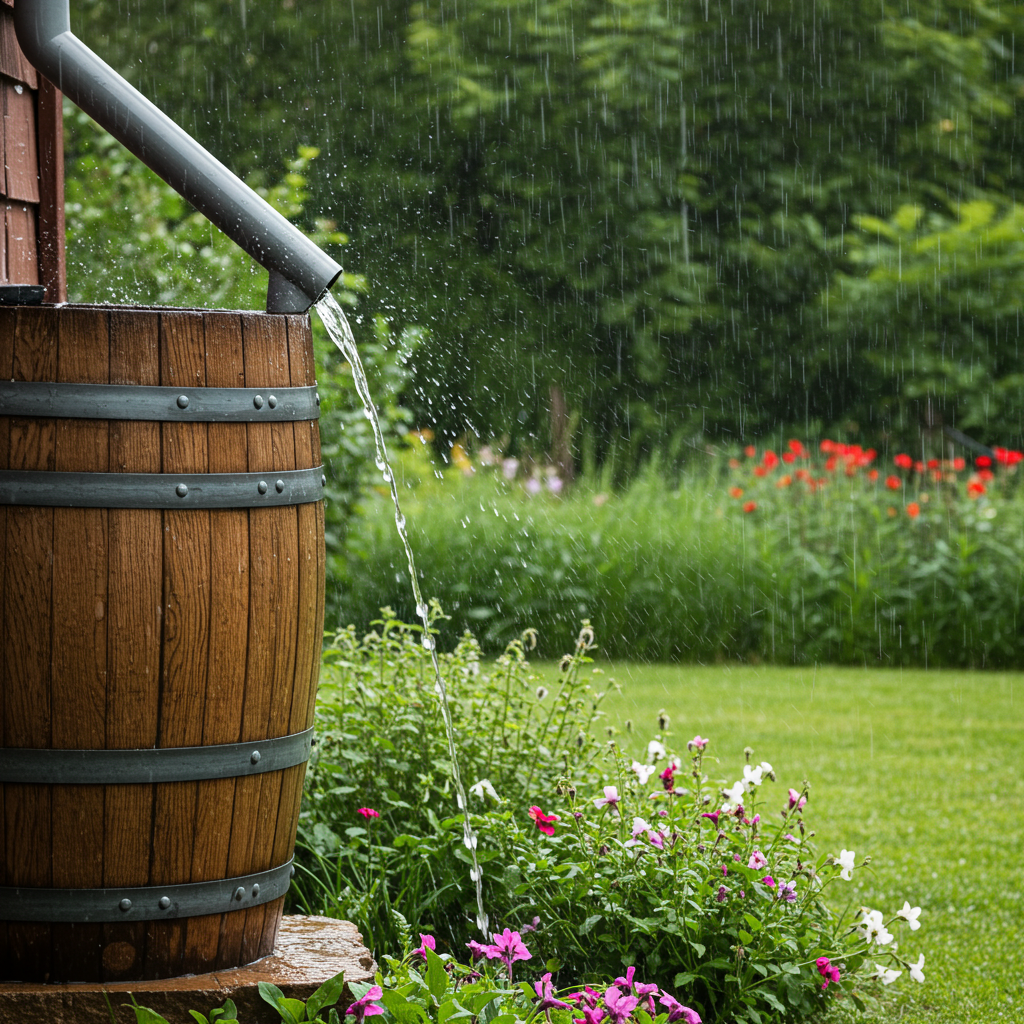
Mulching for Moisture Retention
Mulch is a gardener’s best friend for conserving soil moisture. A 2-4 inch layer of organic mulch (such as wood chips, straw, shredded leaves, or compost) spread over garden beds acts as a protective blanket. It significantly reduces water evaporation from the soil surface, keeps soil temperatures more consistent, and suppresses weed growth that would otherwise compete for water. As organic mulches decompose, they also enrich the soil, improving its water-holding capacity over time. Ensure the mulch doesn’t directly touch plant stems to prevent rot.

Avoiding Common Watering Mistakes
Even experienced gardeners can fall prey to common watering pitfalls. Recognizing and rectifying these mistakes is crucial for plant health and water conservation.
- Overwatering: This is arguably the most common mistake. Too much water suffocates roots, leading to root rot, nutrient leaching, and fungal diseases. Signs include yellowing leaves (especially lower ones), stunted growth, and a general droopy appearance even when the soil is wet.
- Underwatering: While less frequent than overwatering, it’s equally detrimental. Plants will wilt dramatically, leaves may turn crispy and brown, and growth will halt. Severe underwatering can quickly kill plants.
- Shallow Watering: Frequent, light watering encourages shallow root systems. These plants become overly dependent on constant surface moisture and are highly susceptible to stress during dry spells. Always aim for deep, thorough watering to promote strong, resilient roots.
Learn to recognize the subtle cues your plants give you and adjust your watering schedule accordingly. Feeling the soil is the most reliable method.
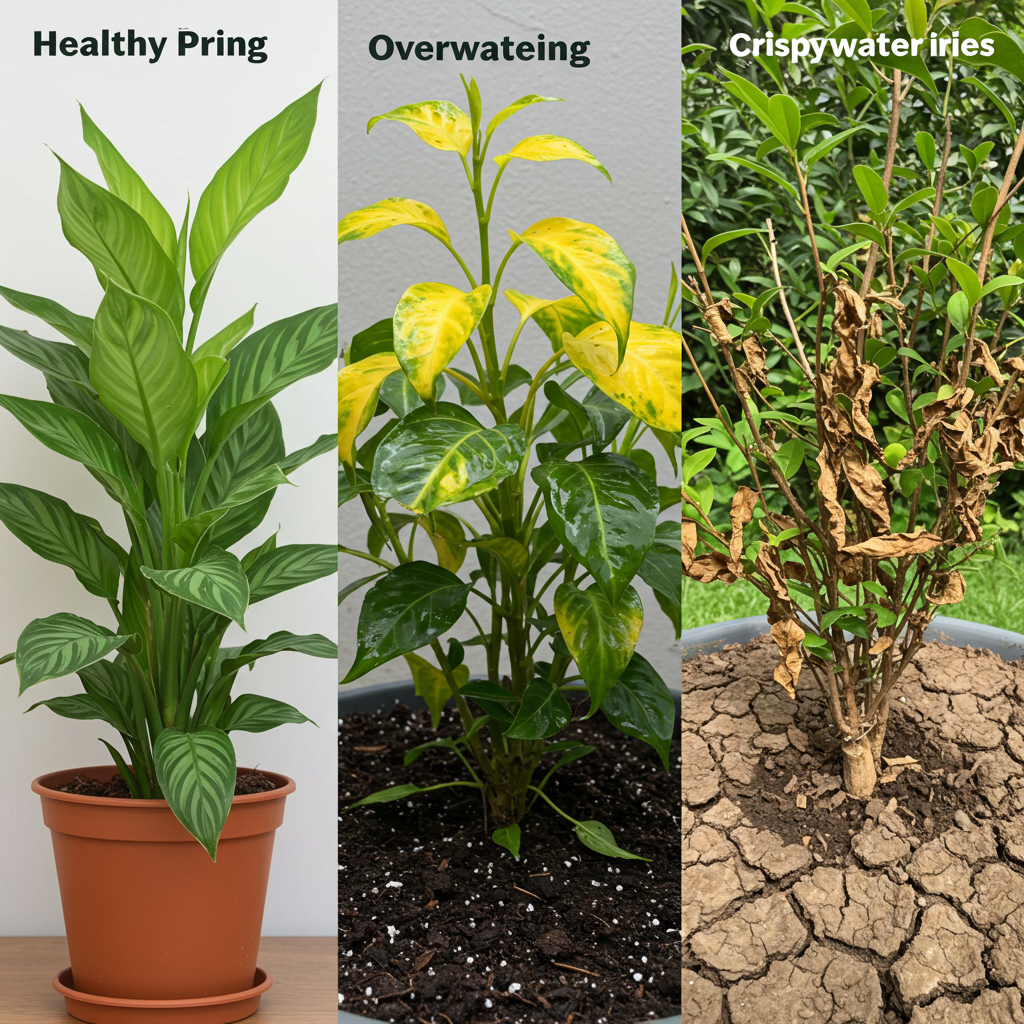
Water-Wise Plant Choices
One of the most effective ways to reduce your garden’s water footprint is by choosing plants that are naturally adapted to your climate and require less water. This practice is known as xeriscaping. Incorporate drought-tolerant species like lavender, sedum, coneflowers, and many ornamental grasses. Native plants are also an excellent choice; they have evolved to thrive in local conditions, requiring minimal supplemental irrigation once established. Grouping plants with similar water needs together in
zones
allows for more efficient watering – you won’t overwater a succulent while trying to adequately hydrate a hosta. Research plants suitable for your hardiness zone and local rainfall patterns to build a resilient, beautiful, and water-efficient garden.
Tools for Watering Wisdom
Modern gardening offers a range of tools to help you water smarter, not harder:
- Moisture Meters: These inexpensive devices can be inserted into the soil to give you an immediate reading of its moisture content. They take the guesswork out of watering, ensuring you only hydrate when truly necessary.
- Timers: For automated irrigation systems (like drip or sprinklers), a simple timer ensures consistent watering schedules. You can set them for early morning watering and forget about it, preventing both over and underwatering caused by forgetfulness.
- Smart Irrigation Controllers: Taking timers a step further, smart controllers connect to local weather forecasts and adjust watering schedules automatically based on rainfall, temperature, and evaporation rates. This maximizes efficiency and saves significant amounts of water.
Conclusion
Mastering the art of watering is fundamental to cultivating a vibrant, healthy, and sustainable garden. By understanding your plants’ needs, embracing smart techniques like deep and targeted watering, leveraging mulching and rainwater harvesting, avoiding common mistakes, and making water-wise plant choices, you can dramatically reduce waste while fostering lush growth. Remember, effective watering isn’t just about giving your plants what they need; it’s about respecting a precious resource. Implement these watering wisdom tips, and watch your garden thrive responsibly for years to come.

